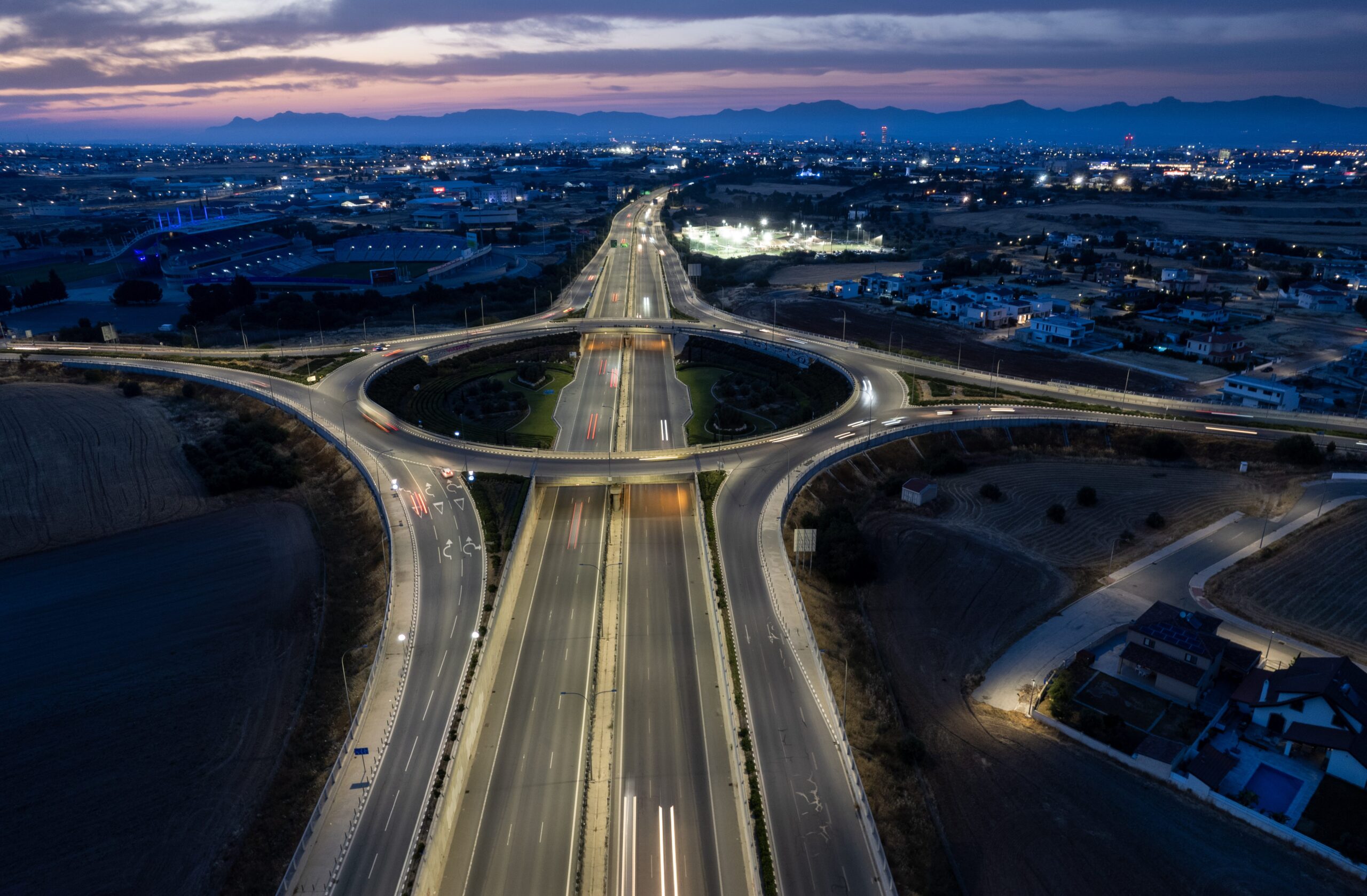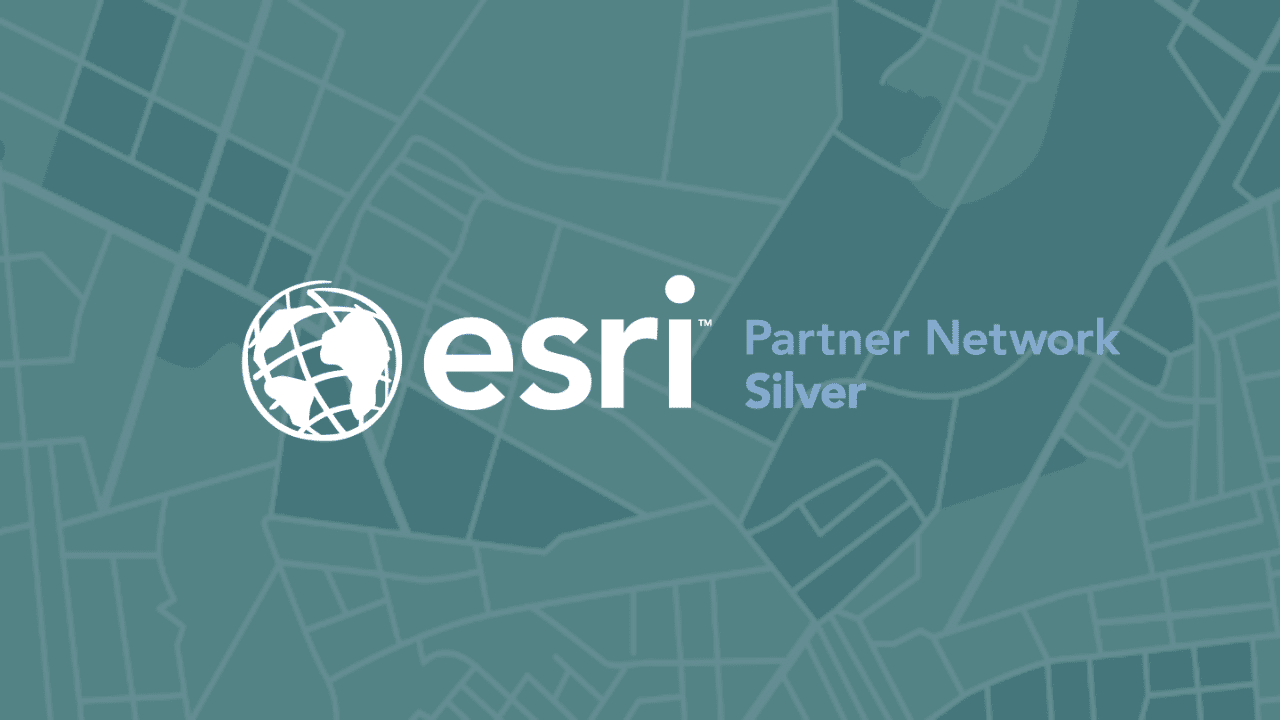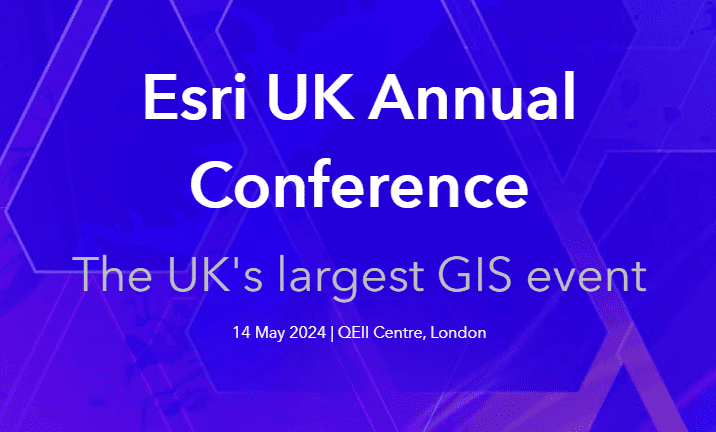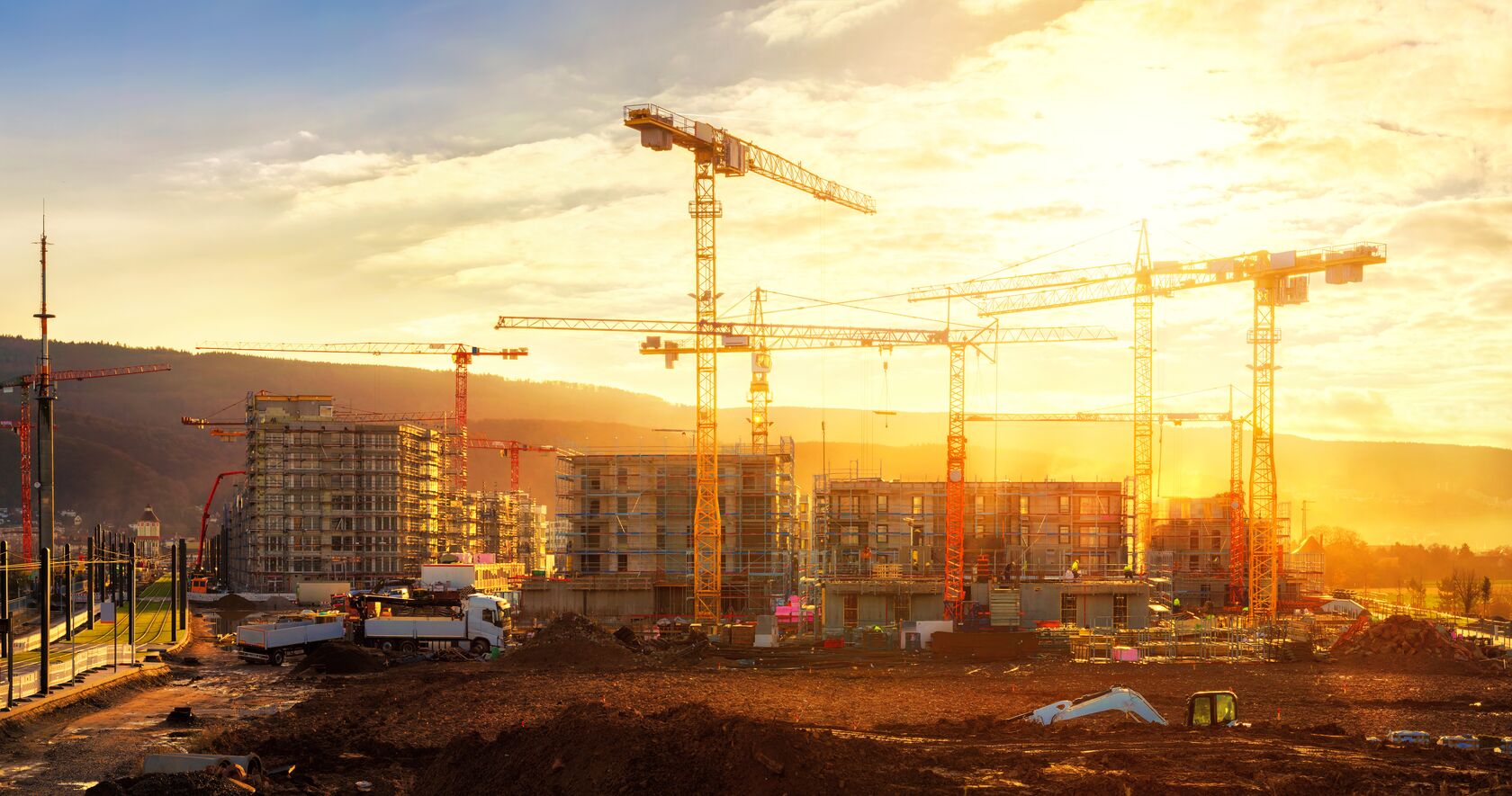GIS and Transportation Infrastructure

There’s no doubt that transportation acts as the backbone of our economy. Through our transport systems, goods and people can move efficiently throughout their daily lives. Automation is not only used for specific industries but can help in transportation as well.
Geographic information systems (GIS) are computer systems used in highway management, route planning, environmental assessments, construction management, and transportation safety. There are many ways that GIS can help manage road infrastructure, and is largely used across the country to help things run smoothly.
Using GIS technology, you can answer questions and solve problems with ease by being integrated into any information system network to keep everyone in the loop of observing current problems and creating future fixes. Let’s take a look at how GIS helps benefit and better our transportation infrastructures.
Application of GIS in Transportation
Highway Management
Authorities in many different countries use GIS for highways and transportation management. The benefits of lowering costs and improving functionality are worth actively using GIS.
Satellites take images on highways, and by having a visual of real-time data, transportation planners can identify potential problems that can be addressed ahead of time and save money in comparison to previous methods. With the various detailed maps that GIS offers, this information can be more easily conveyed to authorities that make important decisions and is accessible from anywhere.
Traffic Modeling
It can be increasingly difficult to manage traffic as more cities expand, which results in heavy congestion and traffic jams. Thanks to new technology, most countries have been moving to the use of computer systems for traffic management and structure design.
GIS data is able to offer traffic management for many different road networks in cities and towns and better the design of roads, rail, and airways that are always growing. The model representations provided can provide important road features like smoothly connected ramps, highways, overpasses, merge zones, and intersections.
GIS can not only monitor transport systems during construction but also give visuals on what happens after they are built as well.
Accident Analysis
Information systems with analytics and descriptive data are important when it comes to traffic accidents. GIS gives powerful spatial analytics that allows authorities to gather information and discover patterns in order to understand travel behaviours and analyse traffic accidents.
With the help of CCTV that most cities utilise, paired with satellite imagery, GIS is easily integrated and can be used to notify emergency responders. In this way, GIS is able to act as a source when reporting accidents that have taken place.
Route Plans
When constructing new roads or railways, field experts are required to approve the routes that the developers lay out. Road and rail engineers must navigate their routes in the shortest and most efficient ways instead of depriving citizens or users of the road money that goes to fuel costs.
GIS can quickly analyse and provide essential plans when creating these new routes and analyse existing routes by collecting data and informing riders to change their routes.
Construction Management
Structure simulations are often performed with GIS software when constructing airports, highways, or ports. With 3D images and drone technology, GIS software can give a visualisation of the design and modelling process during construction and with further planning.
GIS not only helps with the planning of the construction, but tracks the performance during infrastructure projects. With such quick and easy access to different data during construction, the process is made more efficient and reduces the amount of time spent trying to gather information.
Project transparency and reduced risks can lead to greater returns on investment when relevant information is available before and during construction.
Assessing Environmental Impacts
The land that roads, railways, airways and ports are built on can have serious consequences on human life or wildlife in the area. GIS can predict what would happen if a certain infrastructure is built in a specific location.
For instance, pipelines can be used as a mode of transportation for petroleum products, but if leakage from those pipelines occurs, it can result in the death of aquatic animals and other creatures in the surrounding environment. GIS helps to prevent the consequences of something going wrong and the impact it could have.
MGISS To Guide Transportation Infrastructures
Being able to visualise assets and the surrounding environment when building, upgrading, or repairing transportation systems will help prioritise work and in making the right decisions. GIS and its particular geospatial technology offers valuable information when it comes to constructing and managing transportation infrastructures. Without it, there is a possibility of more traffic congestion, accidents, and environmental impacts.
That’s where we step in at MGISS. We create GIS solutions to streamline the creation of new roadways, railways, and other transportation methods using our mapping software and GIS applications.
Contact us today to speak to one of our GIS consultants to create a better future for all.
About
With degrees in Geological Sciences and Geographical Information Systems, Darius has significant expertise and knowledge of Geospatial tech integration, specialising in high-accuracy mobile GIS deployment. Darius is the technical lead for IPAS and supports other large GIS-centric contracts in the utilities sector. Combining GIS development skills and years of customer insight he was able to create some of our leading solutions Z-Transform and DDMS for Highways.



